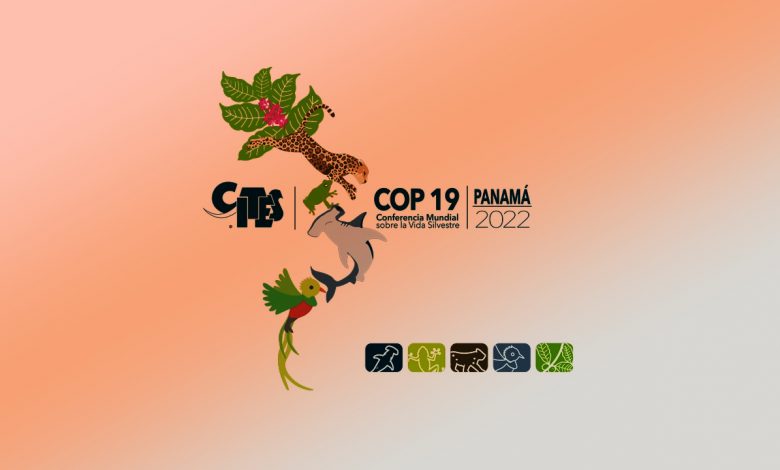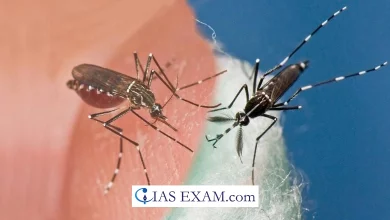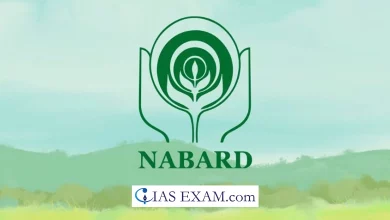Daily Current Affairs for UPSC
Conference of the Parties (CoP19)

Topic- Important International Organizations [GS Paper-2]
Context- Recently the 19th Meeting of the Conference of the Parties (CoP19) to the Convention on International Trade in Endangered Species of Wild Fauna and Flora (CITES) was held at Panama City.
Key Highlights
- In total 52 proposals have been put forward that would affect the regulations on international trade for sharks, reptiles, hippos, songbirds, rhinos, 200 tree species, orchids, elephants, turtles and more.
- India’s Shisham or Dalbergia sissoo is included in Appendix II of the convention, thereby requiring it to follow CITES regulations for the trade of the species.
- A relief was also provided by easing the CITES rules for export of Dalbergia sissoo based products, which is expected to boost Indian handicraft exports.
- The Conference has accepted a proposal to include sea cucumbers or Thelenota in Appendix II of the Convention.
- An analysis published by the Wildlife Conservation Society-India (WCS-India) showed that sea cucumbers were the most frequently trafficked marine species in India from 2015-2021.
- The state of Tamil Nadu had recorded the highest number of marine wildlife seizures during this period, according to the analysis. The state was followed by Maharashtra, Lakshadweep and Karnataka.
- India’s proposal for induction of fresh water turtle Batagur kachuga or Red Crowned Roofed Turtle earned wide support of the parties in CoP 19 of CITES. This proposal was widely appreciated by the parties and well accepted when introduced.
- Operation Turtshield, one of India’s efforts to curb wildlife crime was also appreciated.
- India highlighted that many of the species of turtles and freshwater tortoises which are recognized as critically endangered, endangered, vulnerable or near threatened are already included in Wildlife Protection Act 1972 and given high degree of protection.
- The country has decided not to vote against a proposal to re-open the international trade in ivory at the ongoing conference.
CITES
- CITES is an international agreement between governments 184 at present with an objective to ensure that international trade in wild animals and plants does not threaten the survival of the species.
- The convention entered into force in 1975 and India became the 25th party.
- States that have agreed to be bound by the Convention or ‘joined’ CITES are known as Parties.
- Although CITES is legally binding on the Parties or in other words they have to implement the Convention, however it does not take the place of national laws.
- All import, export and re-export of species covered under CITES must be authorised through a law based permit system.
- In every two to three years, the Conference of the Parties meets to review the implementation of the Convention.
- It has three appendices i.e.
- Appendix I
- It lists species which are the most endangered among CITES-listed animals and plants.
- Examples include certain species like gorillas, sea turtles, most lady slipper orchids, and giant pandas. Currently 1082 species are listed.
- These species are threatened with extinction and CITES prohibits international trade in specimens of these species except when the purpose of the import is not commercial, for instance for scientific research.
- Appendix II
- It lists species which are not necessarily now threatened with extinction but that may become so unless trade is closely controlled.
- Most species are listed in this Appendix, including American ginseng, paddlefish, lions, American alligators, mahogany and many corals.
- It includes so-called “look-alike species”, i.e., species whose specimens in trade look like those of species listed for conservation reasons.
- Appendix III
- It is a list of species which are included at the request of a Party that already regulates trade in the species and that needs the cooperation of other countries to prevent unsustainable or illegal exploitation.
- Examples include species such as map turtles, walruses and Cape stag beetles. Currently 211 species are listed.
- International trade in specimens of species listed in this Appendix is allowed only on presentation of the appropriate permits or appropriate certificates.
- However, Species may be added to or removed from Appendix I and II, or moved between them, only by the Conference of the Parties.





.png)



